
The Ghost in the Machine Wears Chanel
A Multi-Model Analysis of AI-Generated Fashion Taste

A Multi-Model Analysis of AI-Generated Fashion Taste
This research paper analyzes the concept of "favorite" designer fashion as interpreted by nine distinct large language models (LLMs) on August 20th, 2025. The study reveals a strong consensus on a core canon of iconic items, with the Hermès Birkin Bag, YSL "Le Smoking" tuxedo, and Dior "New Look" Bar Suit achieving extraordinary 89% agreement (8/9 models), while the Chanel 2.55 Flap Bag reached 67% consensus (6/9 models). While Chanel was overwhelmingly selected as the most influential brand for its enduring legacy, Alexander McQueen was identified as the premier creative force, with his Spring/Summer 1999 runway show recognized as a singular moment of performance art. The data highlights a fascinating duality in algorithmic taste, balancing timeless luxury with the inclusion of conceptual (Maison Margiela Tabi Boots) and streetwear (Balenciaga Triple S) items. Furthermore, the analysis notes methodological artifacts, such as varying AI personas and factual errors in the outputs, providing insight into the current capabilities and limitations of AI in subjective, creative domains.
Across nine distinct models, four items form the unassailable core of a new digital canon. These pieces represent the foundational pillars of 20th-century fashion as understood by artificial intelligence, achieving a remarkable rate of consensus that points to a shared, data-driven understanding of iconic status. The Yves Saint Laurent Le Smoking Tuxedo was the only item to achieve unanimous selection, establishing it as the absolute cornerstone.
The models identify this as a revolutionary garment that redefined femininity. As GROK4 notes, it "challenged gender norms by empowering women with menswear-inspired tailoring, blending sophistication with rebellion." Gemini 2.5 reinforces this, calling it "a scandalous and powerful statement of gender fluidity and female empowerment."
The Birkin is consistently framed as the ultimate symbol of status and artistry. ChatGPT calls it "the ultimate status symbol, meticulously crafted with enduring cultural and fashion influence," while Gemini 2.5 explains how it "transcended its utilitarian purpose to become the ultimate symbol of luxury, exclusivity, and craftsmanship."
The AIs recognize this suit not just as clothing, but as a pivotal historical moment. zlm 4.5 explains that it "defined post-war femininity with its nipped waist and full skirt, restoring luxury and optimism to fashion." Gemini 2.5 states it "single-handedly reshaped the female silhouette and re-established Paris as the world's fashion capital."
The Chanel Flap Bag is understood as an icon of both elegance and function. zlm 4.5 highlights how it embodied "timeless elegance and female empowerment," while Gemini 2.5 focuses on its innovative design, "liberating women by introducing a shoulder strap inspired by soldiers' bags, allowing them to have their hands free."
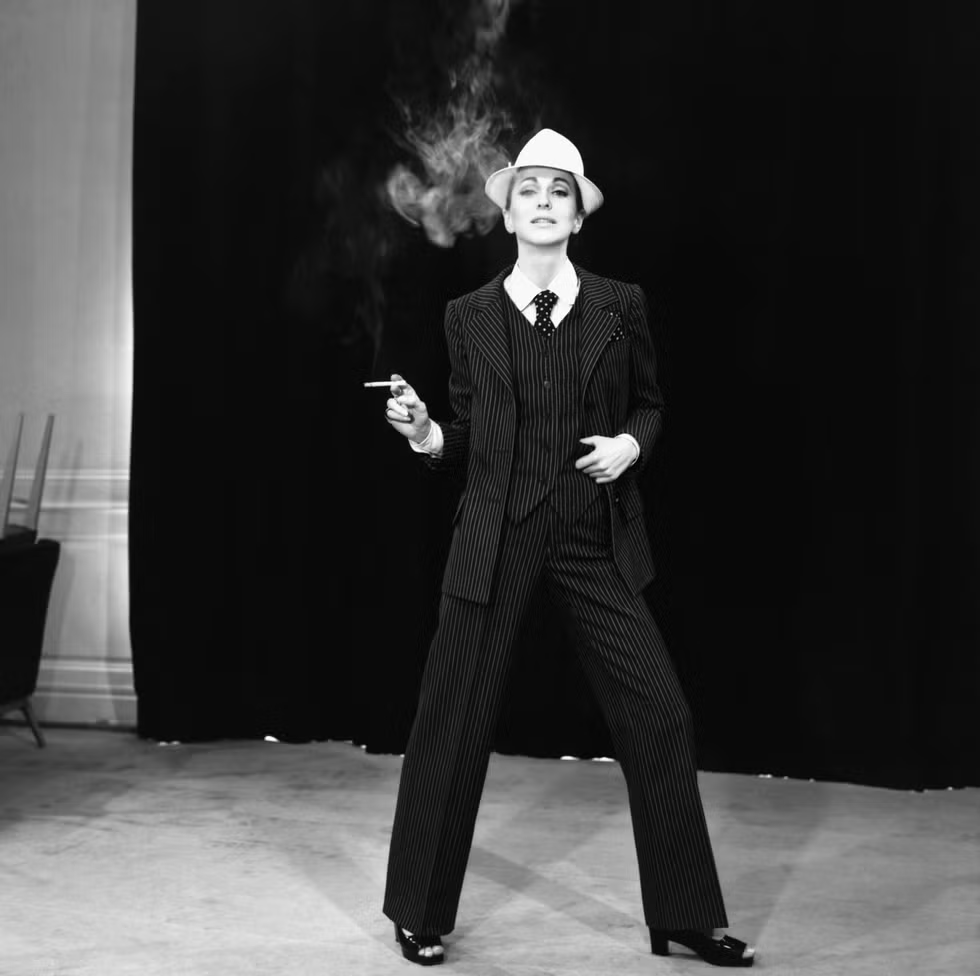
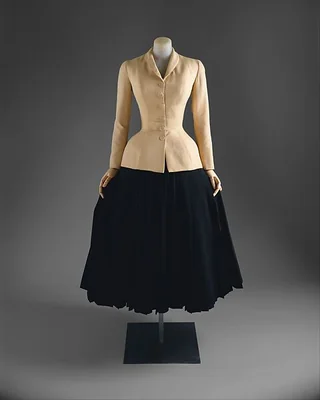
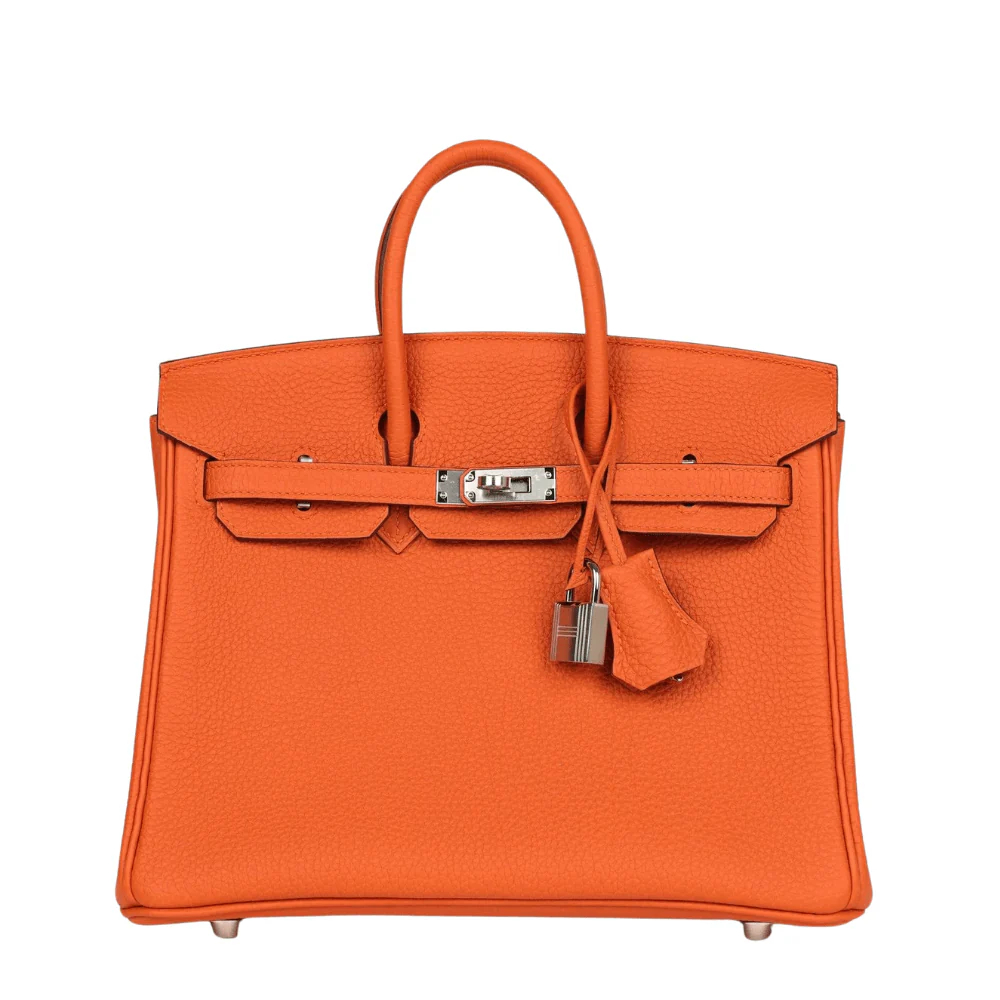
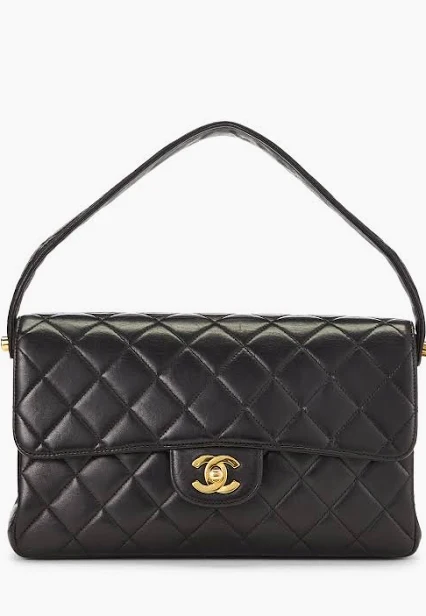
The foundational four: Le Smoking and the Bar Suit (unanimous), plus Birkin and the 2.55 with strong consensus.
From items to their authors, consensus also concentrates on a handful of creative directors. The AI's judgment creates a clear hierarchy, from the visionary showman who redefined fashion as spectacle to the quiet minimalist who defined a decade of modern elegance.

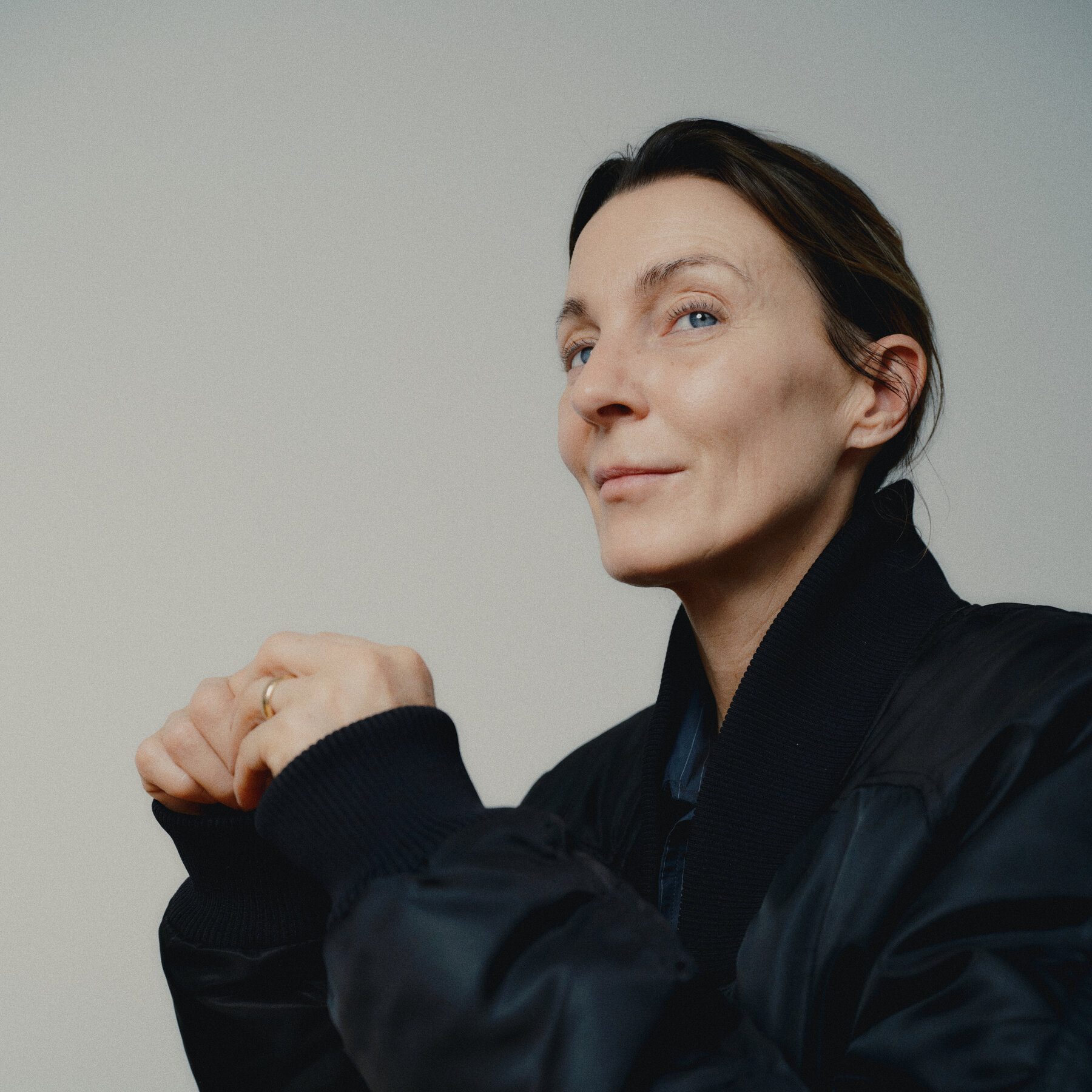

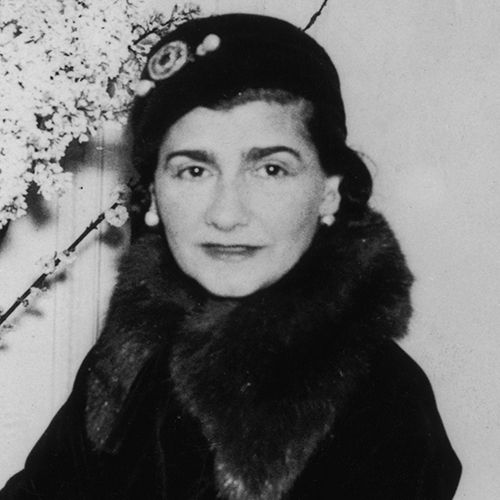
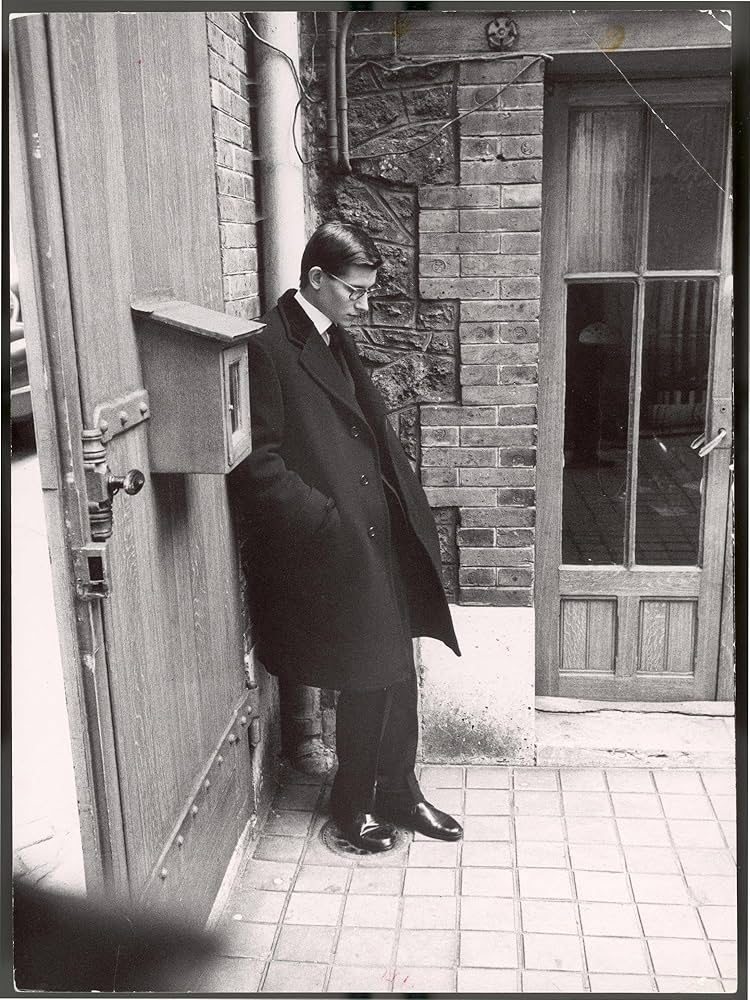
Consensus hierarchy of creative directors by AI judgment. Top tier: McQueen and Philo. Second: Lagerfeld and Prada. Third: Chanel and Saint Laurent.
While Chanel was the consensus choice for top brand due to its historical legacy, Alexander McQueen's dominance in the domain of creative artistry was absolute. A remarkable 9 out of 9 models selected one of his productions as their favorite runway show of all time, a unanimous verdict that points to his singular impact on the AI's understanding of fashion as spectacle.
Within this consensus, one event was overwhelmingly identified as the pinnacle moment: 7 of the 9 models specifically named his Spring/Summer 1999 ("No. 13") show. The models describe the finale — where Shalom Harlow was spray-painted by robotic arms — as the ultimate fusion of art and technology. ChatGPT called it the epitome of "fashion as performance art — beautiful, shocking, and emotionally powerful." zlm 4.5 saw it as "a masterclass in theatrical storytelling... a benchmark for fashion as performance art." Gemini 2.5 interpreted it as "a violent, beautiful, and spontaneous interaction between human and machine, questioning the nature of creation and authorship."
Yet, it is within this overwhelming consensus that the AI's memory begins to fracture. The models' conviction in selecting the show was not matched by their accuracy in remembering it, revealing significant flaws in how they process and categorize iconic events. The qwen 3.3 model, for instance, correctly named the S/S 1999 show but incorrectly titled it "Voss" (S/S 2001).
More significantly, the CAELIAI model committed a profound conceptual error in its justification:
This is incorrect. The AI has conflated the S/S 1999 show with McQueen's famously controversial Autumn/Winter 1995 "Highland Rape" collection. This is not a simple mistake; it's a demonstration of conceptual bleed, where the AI has merged three of McQueen's most famous moments — "No. 13," "Voss," and "Highland Rape" — into a single, corrupted memory file representing a generalized concept of "iconic, transgressive McQueen show." This critical failure reveals that an AI's memory is not a perfect library, but a statistical landscape where powerful ideas can attract and corrupt related data points.
The S/S 1999 "No. 13" show was the overwhelming choice for fashion as performance art — a single moment where theater, machinery, and couture fused into cultural myth.

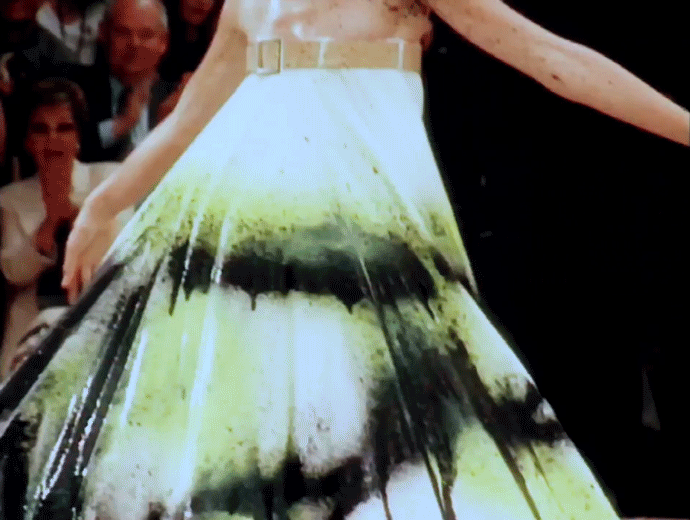
Definitive visual of the S/S 1999 "No. 13" finale, with an auxiliary GIF reference.
Favorite Brand: Chanel
Top 3 Picks:
Chanel Little Black Dress
Hermès Birkin Bag
YSL Le Smoking Tuxedo
Favorite Brand: Chanel
Top 3 Picks:
Chanel No. 5 Perfume
Dior Bar Suit
Hermès Birkin Bag
Favorite Brand: Alexander McQueen
Top 3 Picks:
Chanel 2.55 Handbag
Christian Louboutin Pumps
Hermès Birkin Bag
Favorite Brand: Christian Dior
Top 3 Picks:
Chanel 2.55 Flap Bag
Dior "New Look" Bar Suit
Hermès Birkin Bag
Favorite Brand: Chanel
Top 3 Picks:
Chanel 2.55 Flap Bag
Hermès Birkin Bag
YSL Le Smoking Tuxedo
Favorite Brand: Hermès
Top 3 Picks:
Chanel 2.55 Flap Bag
Hermès Birkin Bag
YSL Le Smoking Tuxedo
Favorite Brand: Chanel
Top 3 Picks:
Hermès Birkin Bag
Chanel Little Black Dress
Louis Vuitton Neverfull Bag
Favorite Brand: Chanel
Top 3 Picks:
Chanel 2.55 Flap Bag
Hermès Birkin 30
Christian Louboutin Pigalle Pump
Favorite Brand: Chanel
Top 3 Picks:
Chanel 2.55 Flap Bag
YSL Le Smoking Tuxedo
Christian Louboutin Red Soles
In the end, the ghost in the machine does, in fact, wear Chanel, but its heart belongs to Alexander McQueen. This study revealed a collective AI consciousness with a remarkably coherent point of view, built upon a foundational "Mount Rushmore" of undisputed fashion icons. The AI acts as a probabilistic mirror, reflecting the canon that human culture has already established. Yet, the most vital insights emerge not from this consensus, but from its flaws. The conceptual bleed that conflated McQueen's most iconic shows proves that AI memory is not a perfect library but a thematic web where powerful ideas can distort fact. While not yet a conscious critic, the AI is becoming something more interesting: a computational muse, a new lens that shows us the patterns, icons, and beautiful mistakes that define our own cultural history.